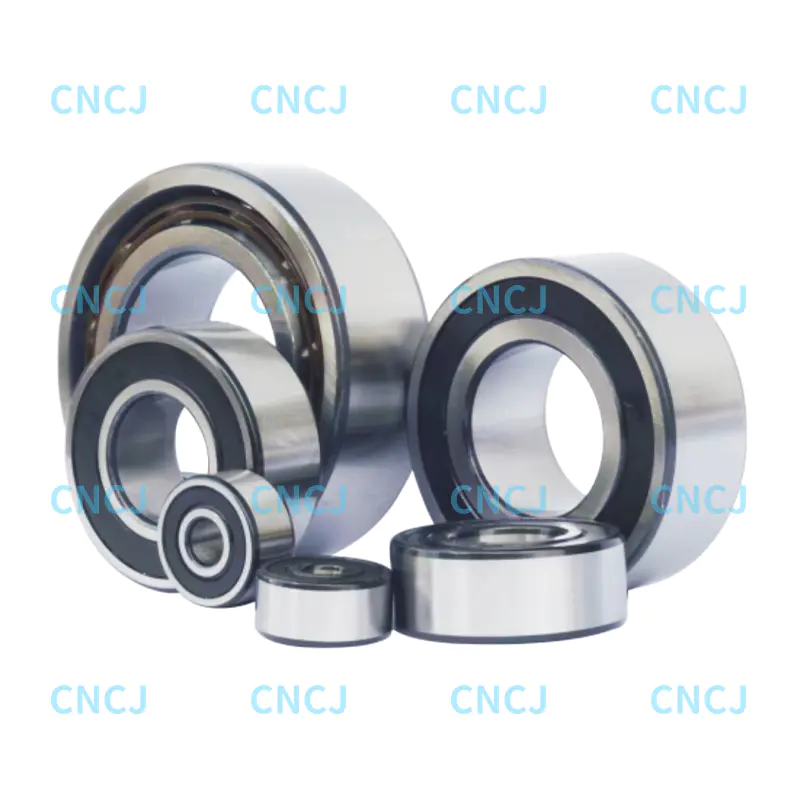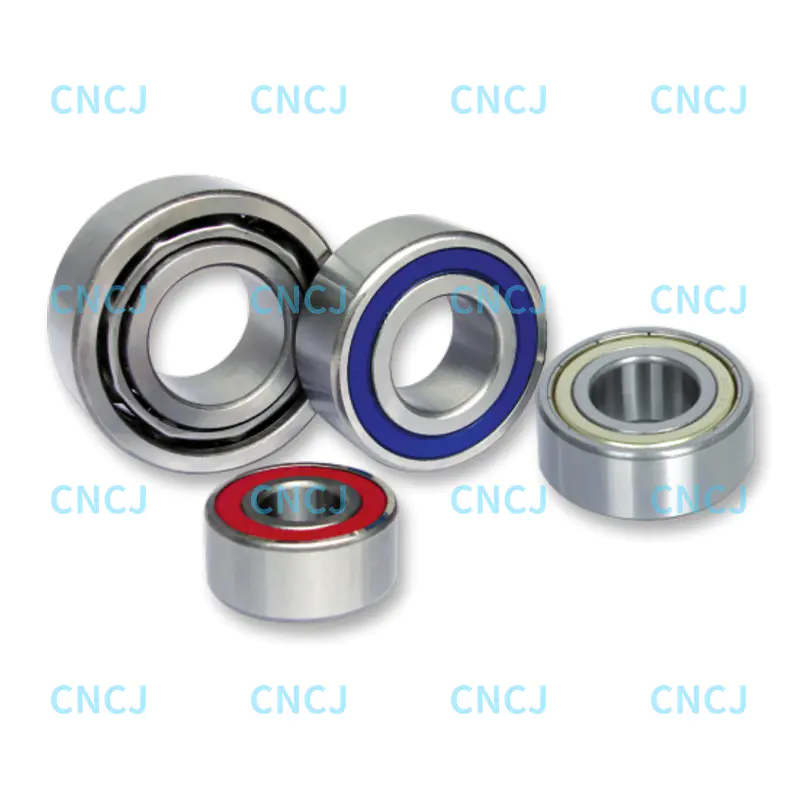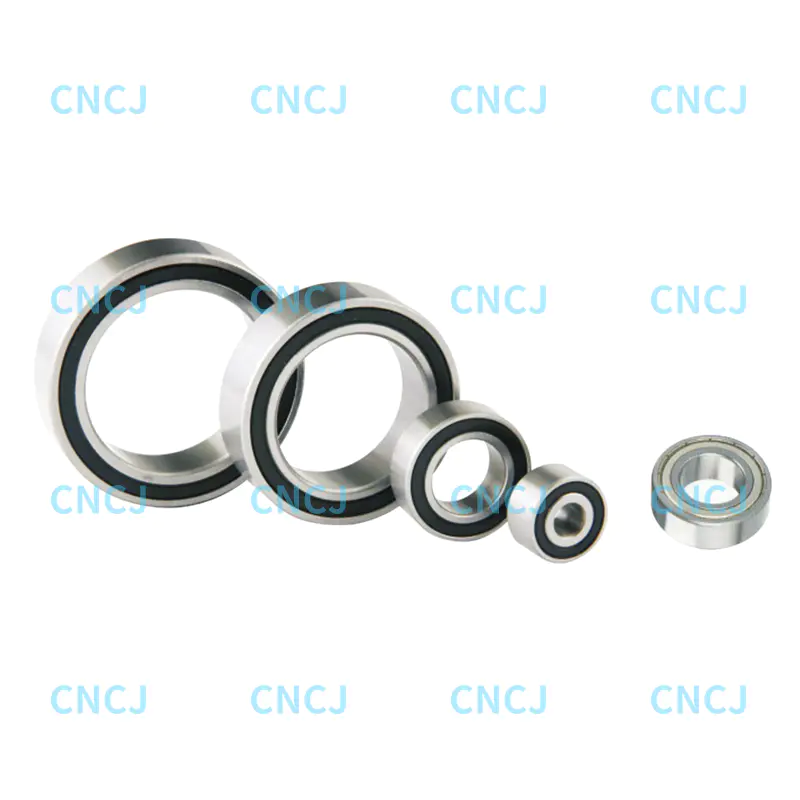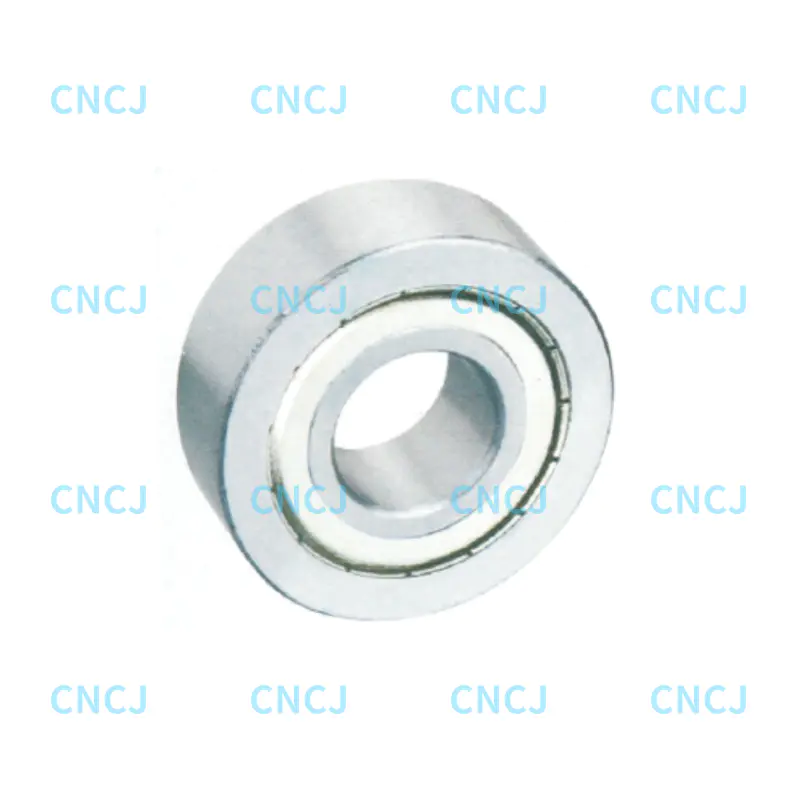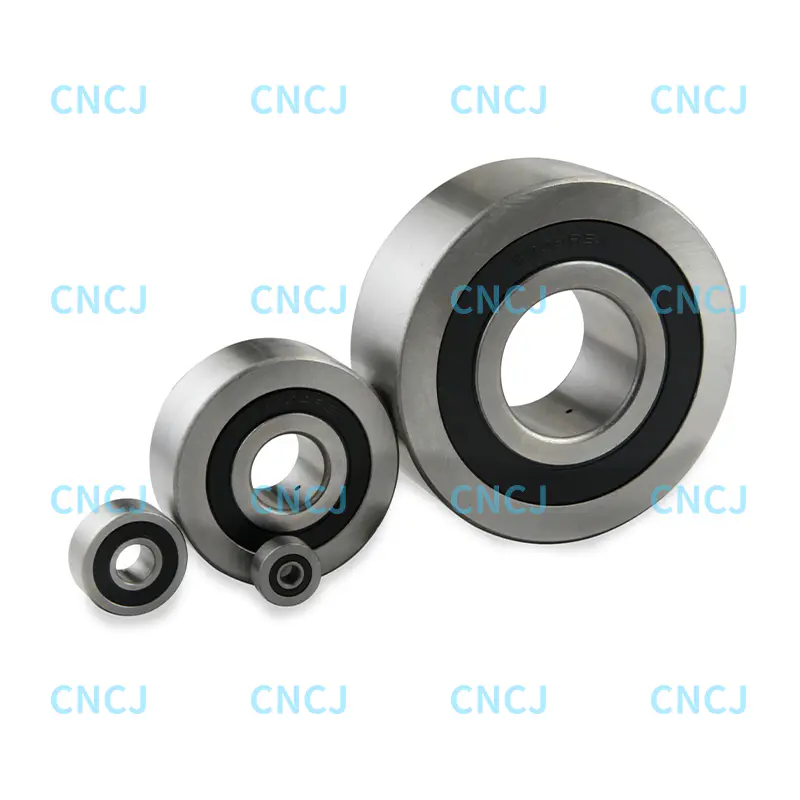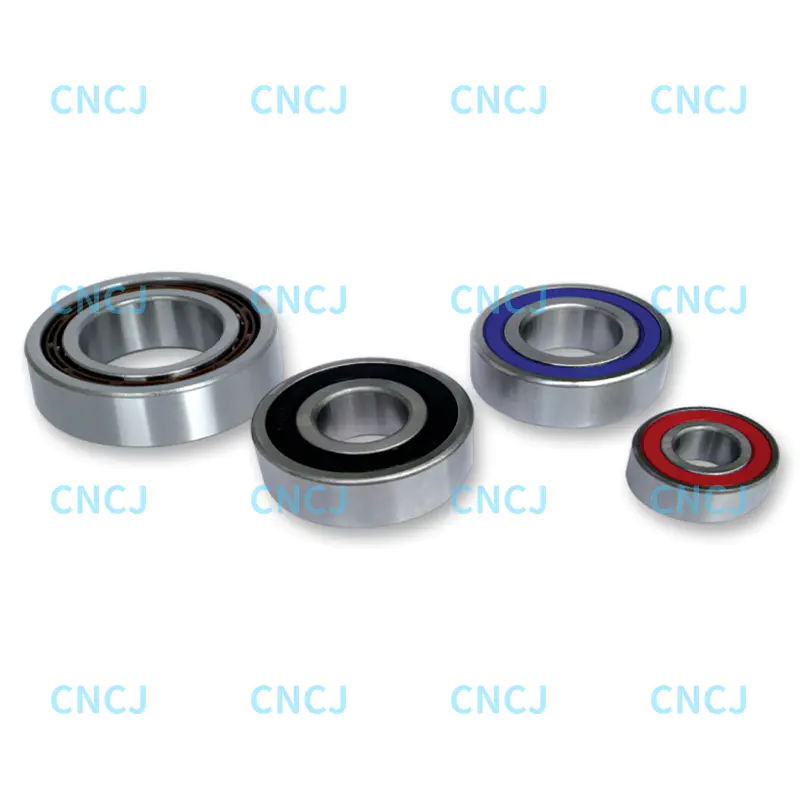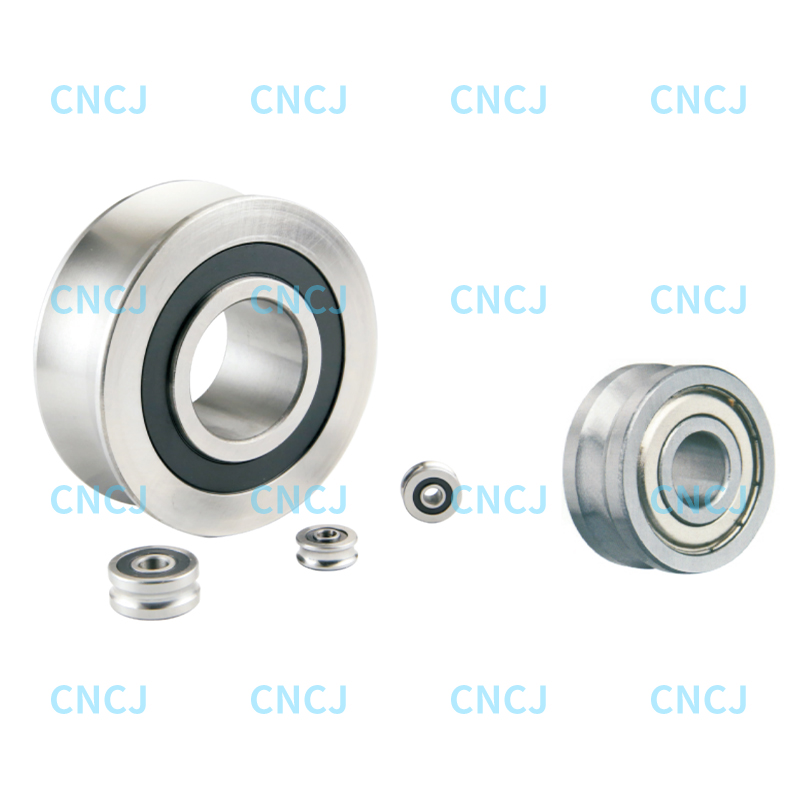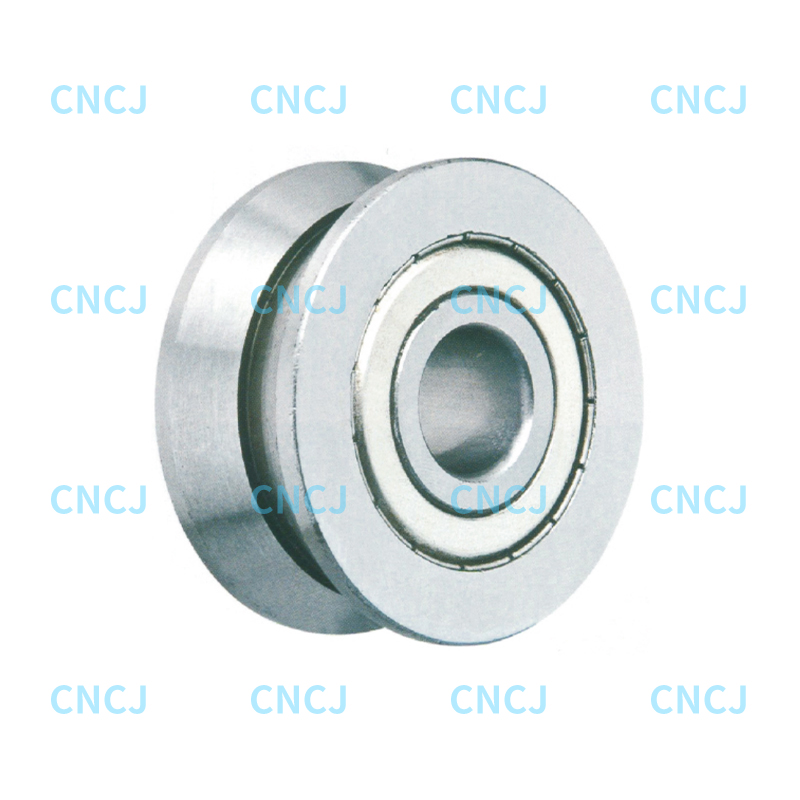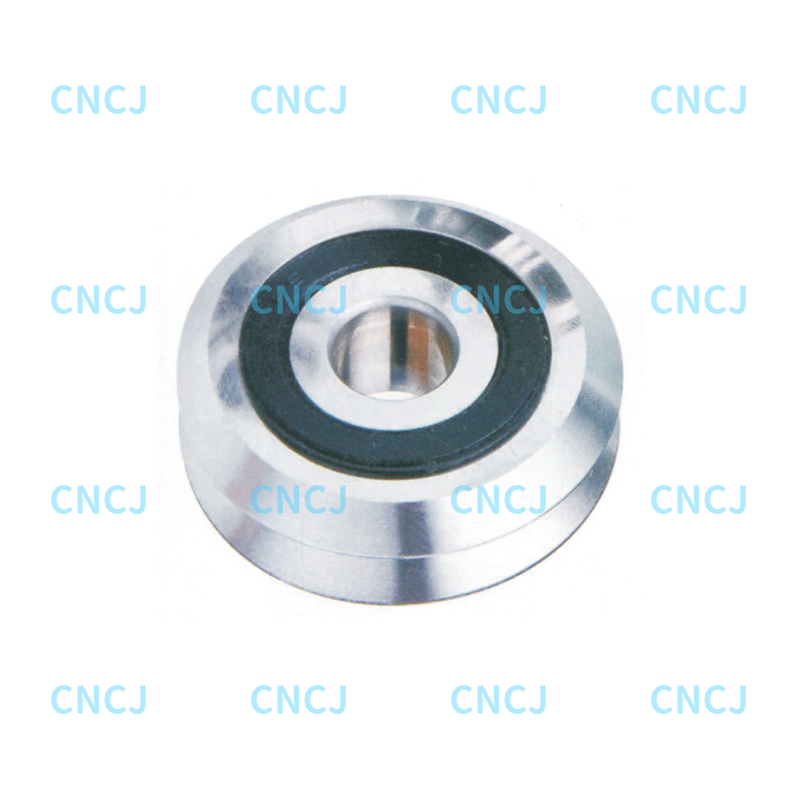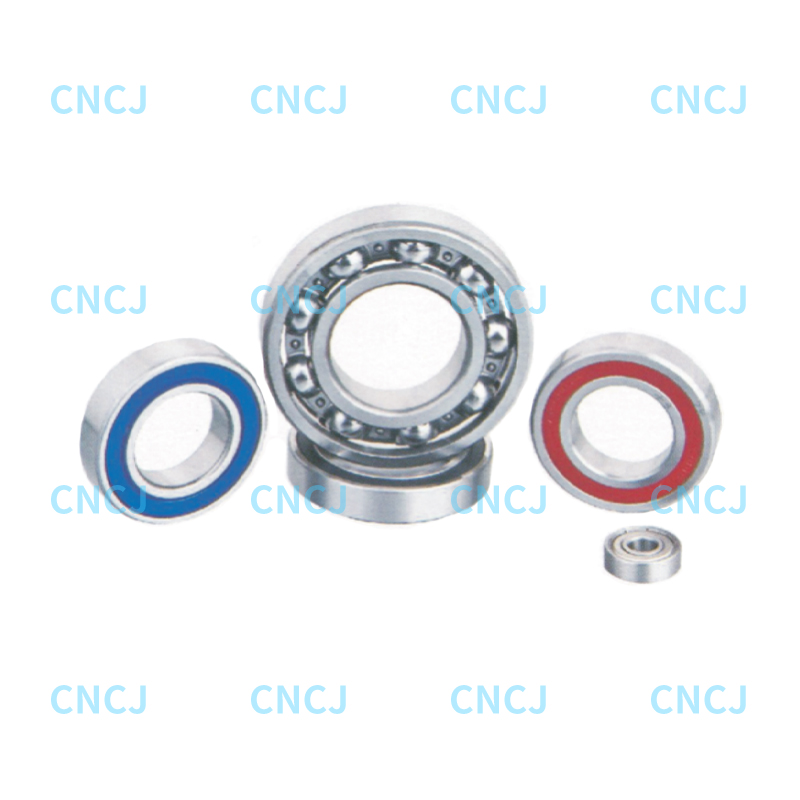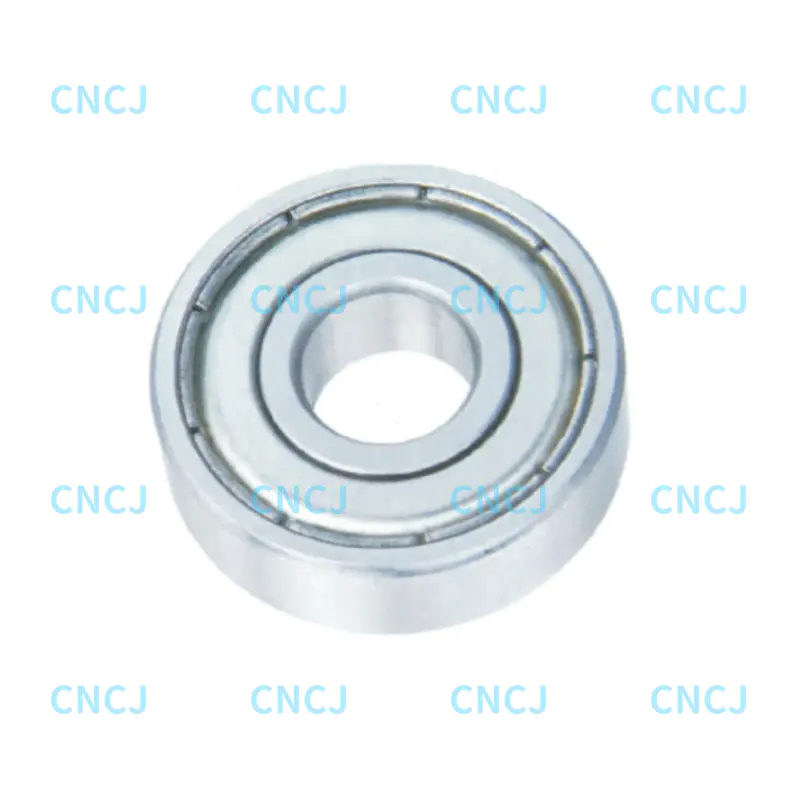When it comes to high-speed machinery—whether in automotive engines, industrial turbines, or precision robotics—the performance of a deep groove ball bearing can make or break operational efficiency. But what specific traits define a deep groove ball bearing that thrives under high rotational speeds?
First, low friction is non-negotiable. High speeds generate heat, and excess friction exacerbates this issue, leading to premature wear or even failure. Deep groove ball bearings designed for such conditions often feature optimized raceway geometry and smooth surface finishes to minimize contact friction. Additionally, the choice of lubricant plays a critical role—high-speed applications typically require low-viscosity greases or oils that can withstand elevated temperatures without breaking down.
How Does Bearing Precision Impact High-Speed Performance?
Precision is a buzzword in bearing selection, but why is it especially vital for high-speed deep groove ball bearings? Imagine a bearing spinning at thousands of revolutions per minute (RPM): even minor deviations in shape or alignment can cause imbalance, vibration, and increased stress on components.
Industry standards, such as ISO precision classes (e.g., P0, P6, P5), quantify this. For high-speed use, many engineers opt for P5 or higher classes. These bearings have tighter tolerances for dimensions like bore diameter, outer diameter, and runout, ensuring uniform load distribution and reduced vibration. But is higher precision always better? Not necessarily—higher classes come with a higher cost, so balancing precision with application requirements is key.
What Role Does Material Play in High-Speed Deep Groove Ball Bearings?
The materials used in a deep groove ball bearing directly influence its ability to handle high speeds. Traditional bearings rely on high-carbon chromium steel (e.g., 100Cr6), which offers good strength and wear resistance. However, in extreme high-speed scenarios—such as in aerospace or racing applications—engineers often turn to alternative materials.
Ceramic balls, for example, are lighter than steel, reducing centrifugal force at high RPMs and lowering heat generation. They also have lower thermal expansion, making them more stable under temperature fluctuations. But does this mean ceramic is always the best choice? Not for every application. Steel bearings remain cost-effective and reliable for many industrial high-speed uses, so material selection should align with factors like speed, load, and operating environment.
How to Determine the Right Size and Load Capacity for High-Speed Needs?
Selecting the correct size of a deep groove ball bearing for high-speed applications is a balancing act. A larger bearing might offer higher load capacity, but it also has more mass, which can increase centrifugal forces and energy loss at high speeds. Conversely, a smaller bearing may reduce friction but could fail under heavy loads.
To find the sweet spot, start by calculating the dynamic load rating—a measure of the bearing’s ability to withstand cyclic loads over time. For high-speed applications, the dynamic load rating must align with both radial and axial forces (though deep groove ball bearings excel at radial loads). Additionally, consider the speed factor (dn value), which combines the bearing’s bore diameter (in mm) and maximum RPM. Exceeding a bearing’s recommended dn value can lead to overheating and failure, so verifying this metric is crucial.
What Maintenance Practices Ensure Longevity in High-Speed Deep Groove Ball Bearings?
Even the best deep groove ball bearing for high-speed use will underperform without proper maintenance. But what steps are most critical? Regular lubrication checks top the list—high-speed operation can cause lubricant to degrade or leak faster, so scheduled re-greasing or oil changes are essential.
Sealing is another factor: bearings in high-speed applications often use contact seals (like rubber lips) or non-contact seals (like labyrinths) to keep contaminants out while retaining lubricant. Non-contact seals are often preferred for high speeds as they create less friction, but they may offer less protection in dirty environments. Finally, monitoring vibration and temperature during operation can help detect early signs of wear, allowing for timely replacement before a catastrophic failure occurs.
Matching the Deep Groove Ball Bearing to Your High-Speed Needs
Choosing the right deep groove ball bearing for high-speed applications requires a holistic look at factors like friction, precision, material, size, and maintenance. By asking the right questions—about performance requirements, operating conditions, and long-term reliability—engineers can select a bearing that not only meets speed demands but also delivers durability and cost-effectiveness. Remember: the best deep groove ball bearing is the one tailored to your specific application’s unique challenges.

 English
English 中文简体
中文简体 Deutsch
Deutsch Español
Español